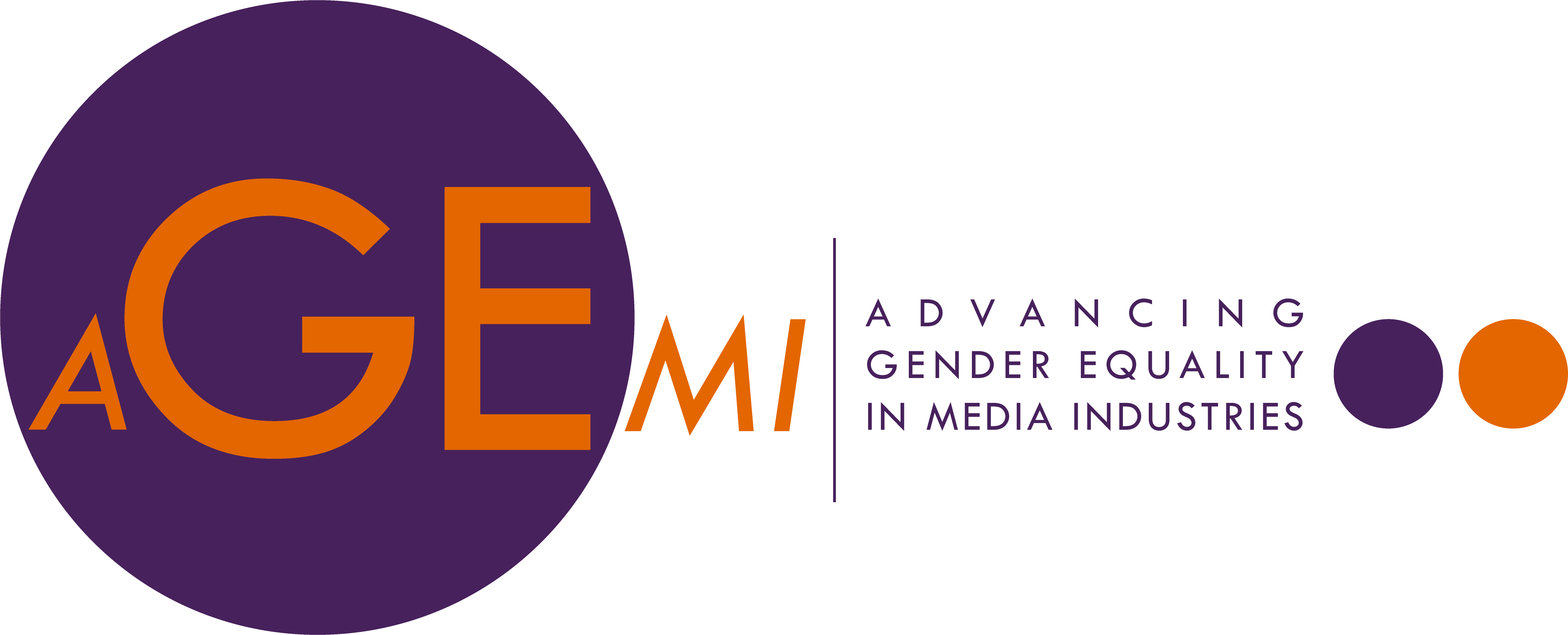U1Introduction Unit 1 - Introduction to AGEMI learning resources
You don't need to be enrolled in the course to see this unit, so please click on the button below to see our introductory videos
Instructors: Claudia Padovani, Karen Ross
Authors: Claudia Padovani, Karen Ross
U2Representation Unit 2 - Issues in gender, representation and news
When we think about the relationship between gender and media, one of the most popular ways in which it has been discussed is through an exploration of the media’s representation of women in comparison to men, so issues of such differential representation is the primary focus of this unit.
We look at the research which has been undertaken on this topic, considering why we get what we get and the various strategies which have been employed to challenge the stereotypes and change the picture. Useful resources and readings at the end of the unit.
Instructor: Karen Ross
Author: Karen Ross
U3Language Unit 3 - Gender and the strategic use of language
The representation of women and men in media discourse is at risk of gender bias. In this section we refer to the intrinsic characteristics and to the traditional use of languages that may lead to an unequal representation of women.
Focusing on the grammatical features of different languages and the grammatical choices available to the speaker we also present examples of good practices for a gender-sensitive use of language. Furthermore we clarify how 'gender' is used in the AGEMI project; as well as how policy discourse reflects principles and norms. Useful resources and readings at the end of the unit.
Instructors: Karen Ross, Claudia Padovani
Autors: Karen Ross, Claudia Padovani
U4Cultures Unit 4 - Gendered journalism cultures
Instructors: Karen Ross, Claudia Padovani
Author: Rosalind Gill and Katie Toms
U5Leadership Unit 5 - Women and leadership in media industries
One of the key issues in relation to gender and media is the question of women's leadership within media industries and how more women in decision-making positions could change the ways in which women and men are represented and indeed change the picture in more fundamental ways.
This unit looks at the research which has focused on the factors which inhibit women's career ambitions and considers the strategies which have been developed by a variety of stakeholders to support and promote women in senior posts. Useful resources and readings at the end of the unit.Instructors: Karen Ross, Claudia Padovani
Authors: Karen Ross, Claudia Padovani
U6Violence Unit 6 - Violence against women journalists
Instructors: Karen Ross, Claudia Padovani
Author: Julie Posetti
U7Intersectionality Unit 7 - Gender+: intersectionality and the media
The ways in which gender is always inscribed with all the other aspects of ourselves is often overlooked, so in this unit we consider how we never 'just' our sex, our gender is always mutable and, accepting that gender itself is a social construct.
This unit asks us to think about the relationship between sex and gender and consider how the various other aspects of our unique selves, our abilities, our race and ethnic background, our age, our class, all contribute to our sense of identity and will come to the fore in particular circumstances, at particular times. Useful resources and readings at the end of the unit.
Instructors: Karen Ross, Claudia Padovani
Author: Alessandra Mondin
U8ICT Unit 8 - Gendered dimensions of technological innovation in journalism
Instructors: Karen Ross, Claudia Padovani
Author: Sara de Vuyst
U9Policies Unit 9 - In search of gender-sensitive media policies
Instructors: Claudia Padovani, Karen Ross
Authors: Claudia Padovani, Karen Ross
U10Advocacy Unit 10 - Advocating gender equality in and through the media - from the grassroots to transnational arenas
Author: Elena Pavan
